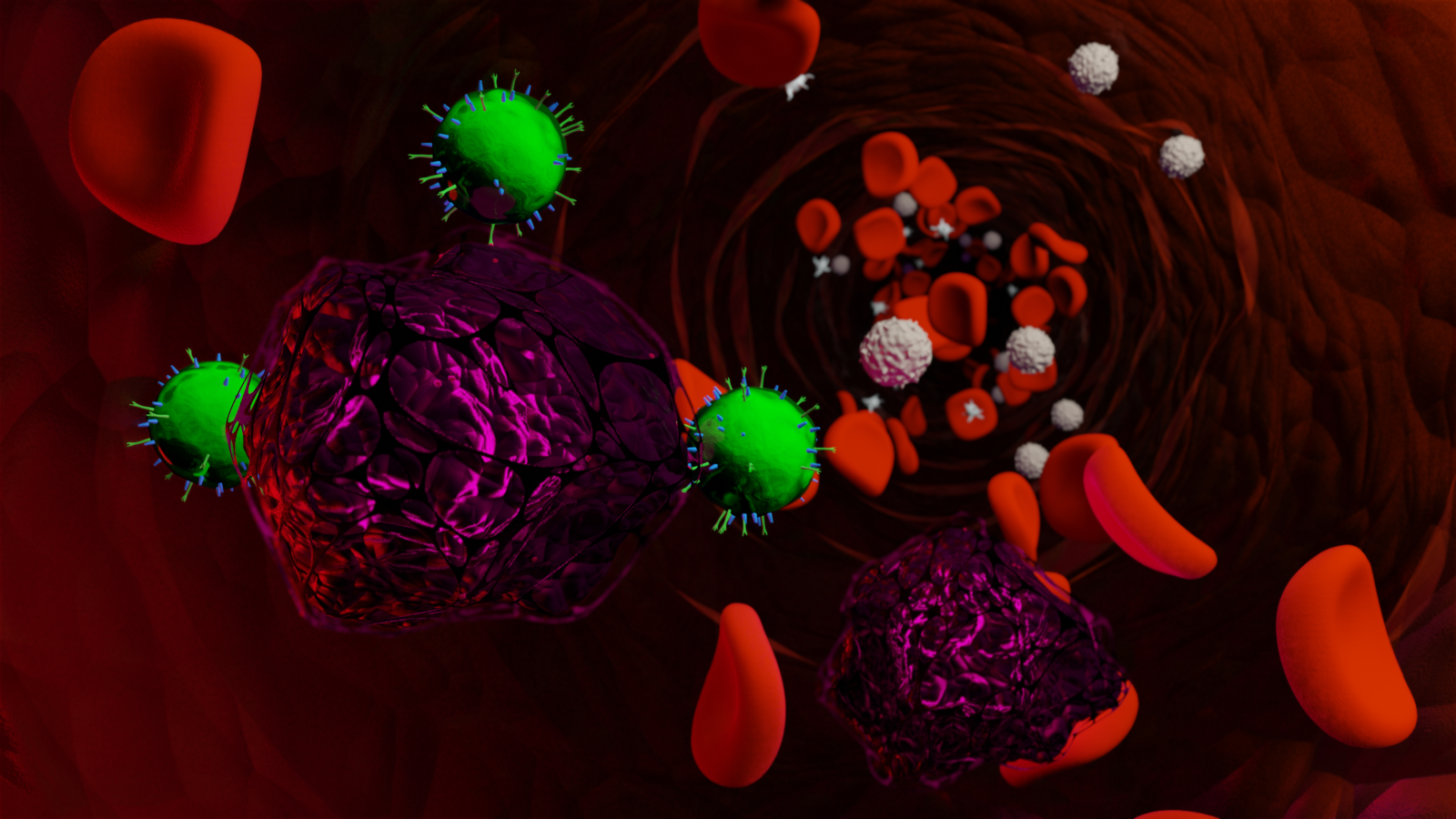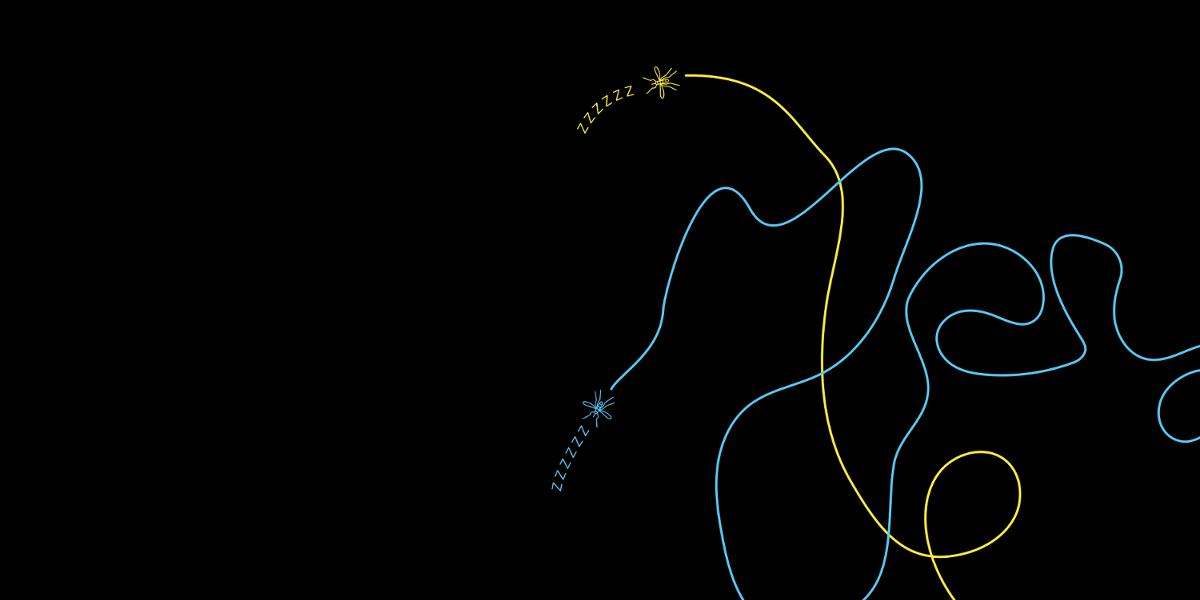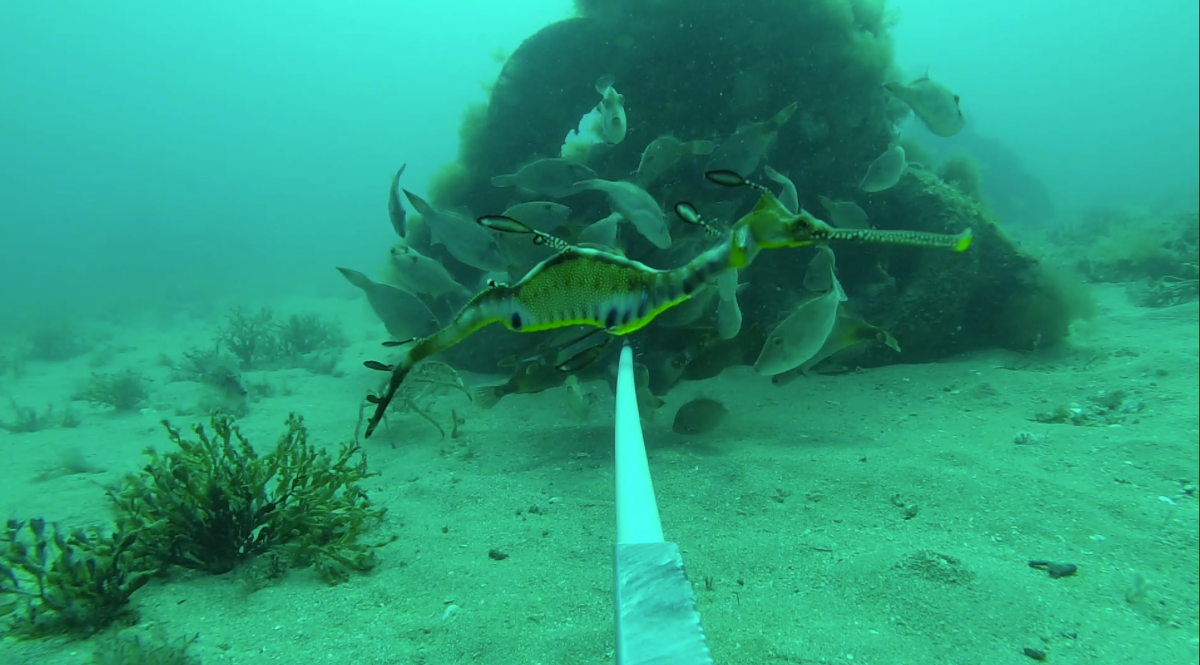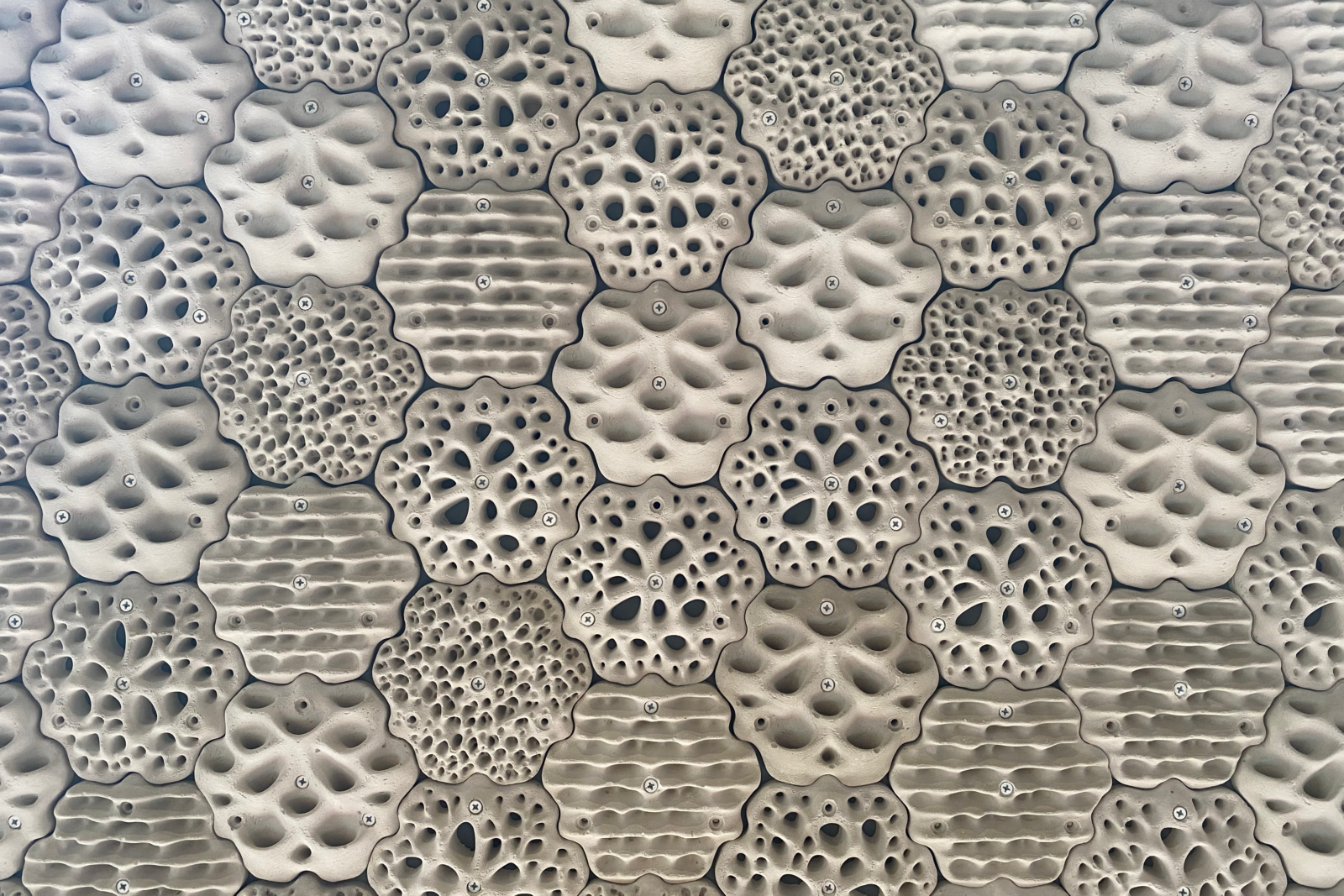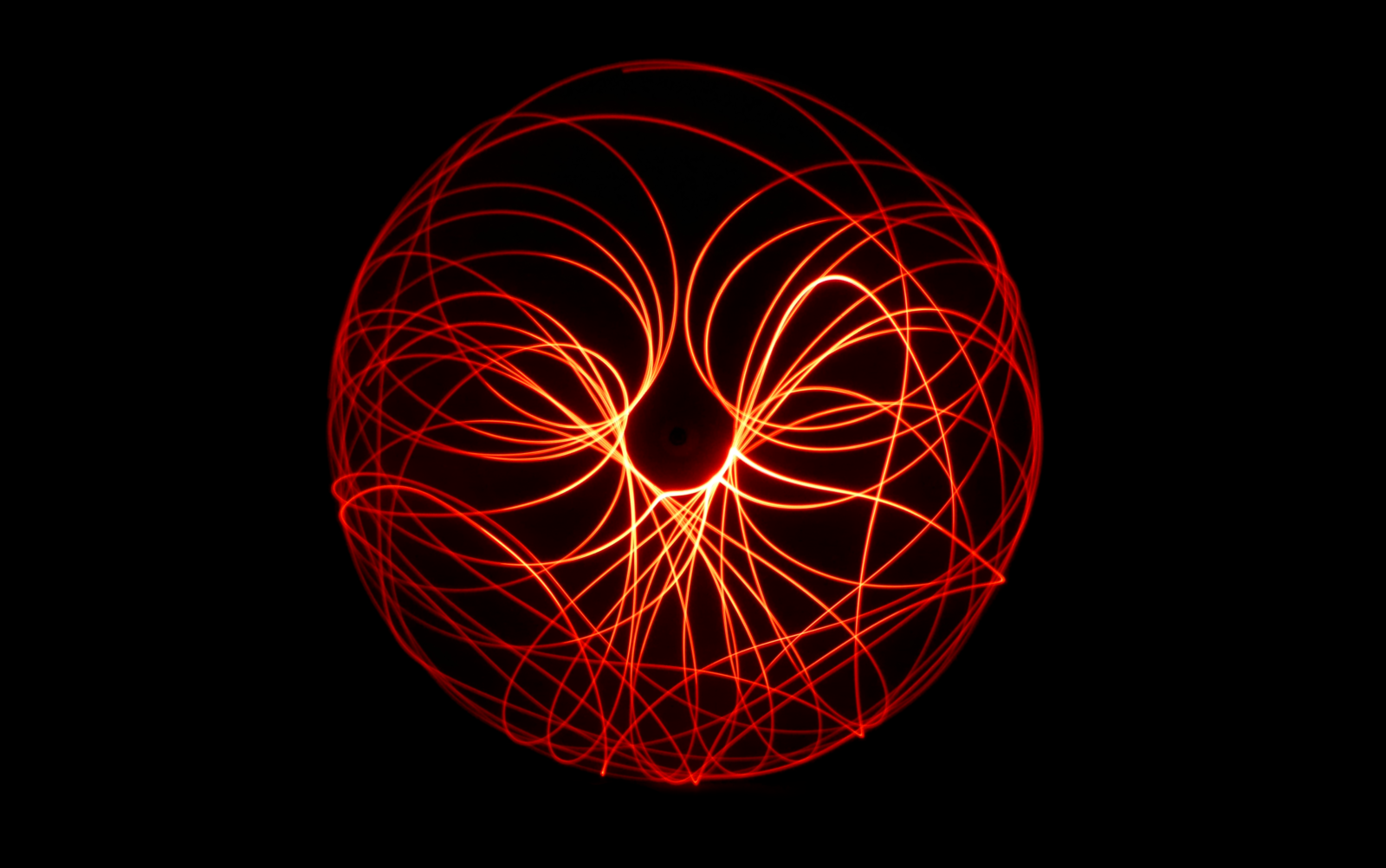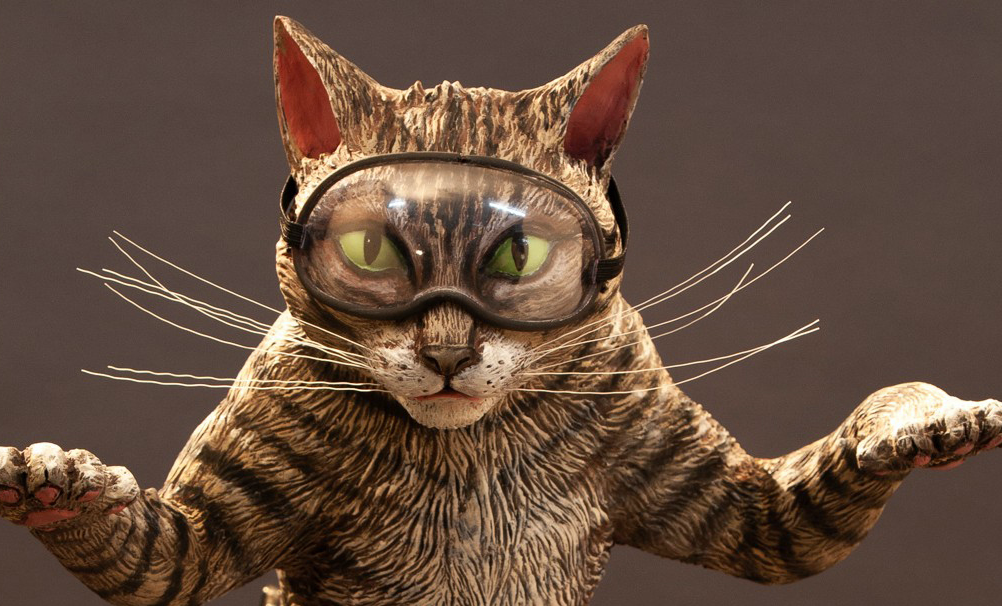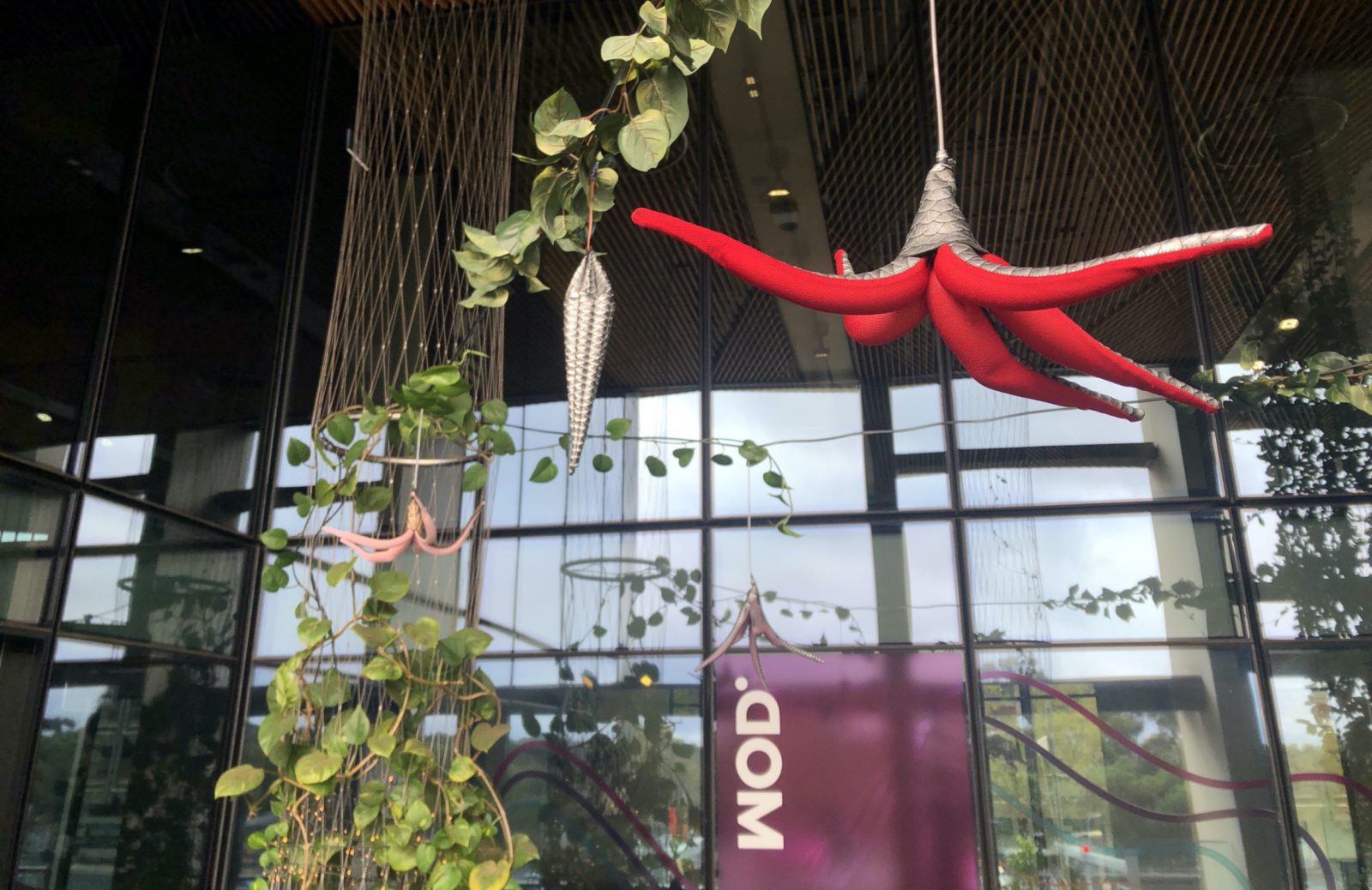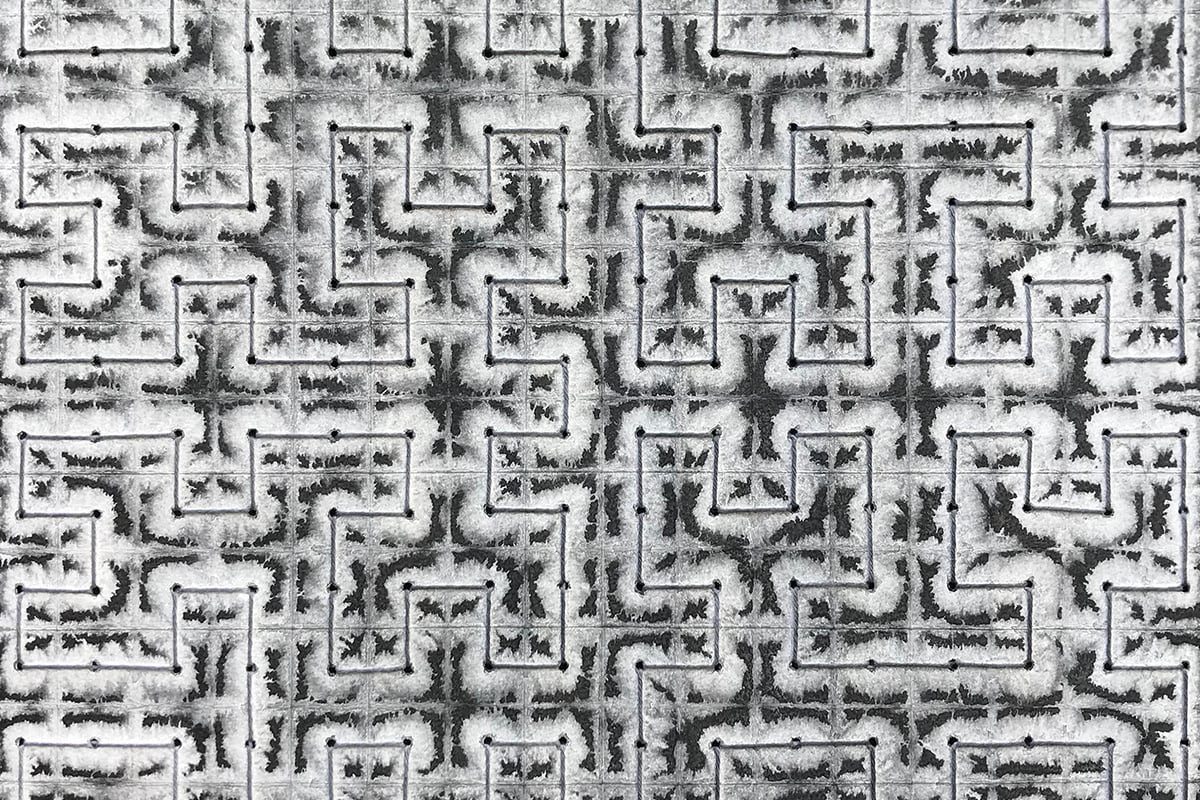Keen on robots?

Exhibit Details
Open FebNov 2021
Level 1The Arcade
- The Brief
- Let's Complicate Things
We are living in the fourth industrial revolution. Smart Things, sensors, and cloud computing are making our lives easier.
But what about robots? How will we work with them? UniSA Engineering students have developed an Industry 4.0 demonstrator which showcases:
- Custom on-demand product design, and manufacture by a robotic arm;
- Product testing of a pre-assembled vehicle, demonstrating sensing capabilities like camera localisation and tracking.
Delve Deeper
Throughout previous industrial revolutions, the work of humans has been augmented with machines in order to improve productivity, reduce workloads and operate in environments that are difficult or hazardous for people.
The fourth industrial revolution (Industry 4.0) shares these ambitions by focusing on the integration of distributed smart sensing, control and communication systems using cloud computing and real-time data storage/retrieval.
Read about how feedback works in Industry 4.0.
The Industrial Revolutions
The first industrial revolution brought about a shift towards mechanical production using steam and water power as a method of actuation. The second revolution increased the movement of people and ideas through extensive railroad and telegraph infrastructure, and created mass production lines through increased electrification. The third revolution saw the rise of computers and digital electronics which enabled industrial robotics to perform single repetitive tasks.
The rise of physical systems which are connected to the digital world marks the fourth industrial revolution. Collaborative robotics, machine-to-machine and human-to-machine communication, artificial intelligence and machine learning, and smart sensors are being increasingly used to provide the consumer-led customisation of products.
Some main features of Industry 4.0 are:
- Autonomous robots
- Advanced human-machine interfaces
- The Internet of Things (IoT)
- Big data and cloud computing
- 3D printing
- Smart sensors
- Simulation (digital twins) and data visualisation
- Augmented reality and wearables
- System integration
Delve Deeper
Watch:
Read:
- What Everyone Must Know About Industry 4.0
- Meet the Three Industrial Revolutions
- The Second Industrial Revolution: Timeline & Inventions
Find this exhibit at the UniSA Library
Credits
- UniSA STEM Concept, Design and Build
- REDARC Funding
- Studio 1 Exhibitions Build
- Exhibition Studios Build
- Walls That Talk Graphic Design
- Lightbulb Digital User Interface

